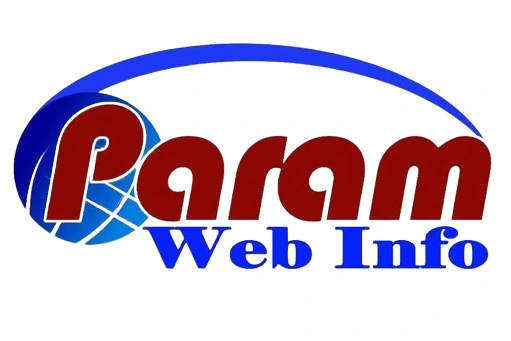
We are a web and digital marketing company in Raipur, Chhattisgarh. We are believing in and focusing on quality work. Since 2018, we have been working as a software company. Training and placement in different corporations and colleges.
Our Social Networks
Useful Links
Services
Address
26/961, Noorani Chowk, Govind Nagar, Raipur, Chhattisgarh 492001
Call Us :
Phone: +918770447379
Mail Us :
Email For Contact: info@paramwebinfo.in